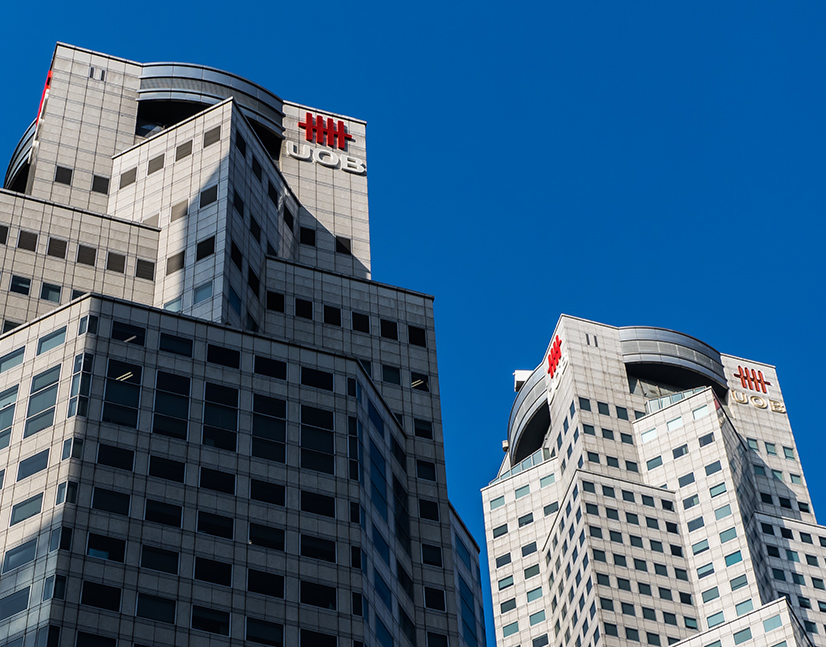
News

Westpac New Zealand (Westpac NZ) priced the local market’s largest-ever senior financial institution (FI) deal on 24 July. The issuer tells KangaNews undersupply in the market created the volume opportunity despite deposit rates remaining elevated.

Conducive funding conditions spurred a return to long-dated local corporate issuance for AusNet Services (AusNet), which printed a 10-year deal on 24 July. The emergence of consistent opportunities for 10-year issuance spurred the Australian corporate market to its best-ever year in 2017, and some market participants believe investors’ hunt for yield may be reopening the window.

Australian bond issuance was healthy overall in the first half of 2019 but continued to struggle to produce credit diversity, according to KangaNews’s transaction data. Elsewhere, the securitisation market delivered volume and breadth while high-grade Kangaroo issuance swung back to the mid-curve.

Reserve Bank of Australia (RBA) assistant governor, Christopher Kent, says adjustments to the committed liquidity facility (CLF) will reduce banks’ need for supplementary liquidity while ensuring strong incentives to manage liquidity risk appropriately remain in place.

The Australian major bank influx into tier-two issuance continued on 19 July as ANZ Banking Group (ANZ) printed a domestic transaction. The issuer says it was strategically important to execute a sizeable and successful Australian dollar deal shortly after the Australian Prudential Regulation Authority (APRA)’s total loss-absorbing capacity (TLAC) announcement, and that domestic investor participation was particularly pleasing.

NRW.BANK issued its largest-ever Kangaroo market deal, and its first in the mid-curve since 2006, with a A$450 million (US$316.3 million), five-year transaction that priced on 19 July. The issuer’s Dusseldorf-based director, capital markets funding, Tatjana Beuer, talks to KangaNews about an evolving relationship with the Australian dollar market.

Westpac Banking Corporation (Westpac) was the first Australian major bank to print a tier-two deal following the Australian Prudential Regulation Authority (APRA)’s final total loss-absorbing capacity (TLAC) requirement ruling. The issuer says a lower-than-expected incremental tier-two requirement makes the task more manageable and current conditions provided a tailwind, but longer-term questions are yet to be resolved.

International Finance Corporation (IFC)’s return to the Kauri market on 17 July was the first such transaction since early April. Deal sources say conditions have markedly improved, to the extent that pricing achieved by the issuer was more attractive than US dollar levels.

On 17 July, United Overseas Bank Sydney Branch (UOB Sydney) printed the domestic market’s first repo-eligible deal since Australian Prudential Regulation Authority (APRA)’s announcement on total loss-absorbing capacity on 9 July. While much focus has been on financial institution (FI) regulatory-capital transactions in recent weeks, senior-unsecured pricing has tightened to record lows.

On 17 July, United Overseas Bank Sydney Branch (UOB Sydney) printed the domestic market’s first repo-eligible deal since Australian Prudential Regulation Authority (APRA)’s announcement on total loss-absorbing capacity on 9 July. While much focus has been on financial institution (FI) regulatory-capital transactions in recent weeks, senior-unsecured pricing has tightened to record lows.

KfW Bankengruppe (KfW) returned to the Australian green-bond market on 17 July with a A$450 million (US$317.7 million) five-year green bond, four years after its inaugural green Kangaroo. Lars Ainsley, senior manager, new issues and capital markets at KfW in Frankfurt shares the agency’s perspective on green-bond market development with KangaNews.

The long-term trend is still in the right direction, but investors and intermediaries in Asia say regional interest in Australia has taken a step back in the past 12 months. There are still many reasons for Australian market participants to maintain and grow their Asian engagement, however.
